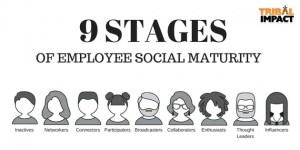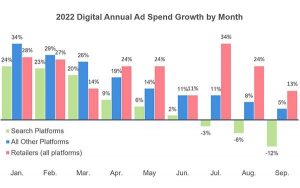Almost a quarter of all workers worldwide have experienced some version of violence or harassment while on the job, according to a new UN report that marks, ostensibly, the first such global survey on the prevalence of this problem.
From the data gathered, it declares that the problem is a widespread global phenomenon. The study—which was led by the UN International Labor Organization, the polling outfit Gallup, and the charity Lloyd’s Register Foundation—was based on interviews conducted last year with nearly 75,000 workers, ages 15 and up, in 121 countries.
The report divides workplace violence and harassment into three separate (though not mutually exclusive) categories: physical, psychological, and sexual. Among the respondents who identified as workplace victims, nearly a third said they’d experienced at least two of the three forms, and over 6% said they’d faced all three on the job.
The results indicate that workplace violence and harassment are also recurrent problems. More than 3 in 5 victims told researchers that it has happened to them multiple times. A majority said that the most recent incident occurred in the past five years.
The risks also grow particularly pronounced for certain demographic groups, the report says. They are greater for young people, for migrant workers, and for women—except for physical violence, which is a bigger threat to men. Young women are twice as likely as young men to have experienced sexual violence and harassment, the results show, and migrant women were almost twice as likely to report incidents. People who have experienced some form of discrimination in their lives—on any basis, whether race, nationality, gender, sexual orientation, religion, disability status, etc.—were also likelier to have experienced violence and harassment while at work.

What constituted the category of “physical violence,” according to the report, was being hit, restrained, or spit on; 9% of workers say they have experienced one of these three, and it was more common among men than women. Psychological violence or harassment was defined as experiencing insults, threats, bullying, or intimidation at work; 18% of workers say they have encountered that treatment—19% of women compared to 17% of men. The Americas was the survey’s worst-performing region: Nearly a third of all workers here (29%) reported firsthand experience with such behavior.
Initially, the report planned to include far more respondents—113,873. But about 35% of that pool (39,509) weren’t employed at the time of their interview. Their answers were excluded “for the sake of analytical clarity” because researchers couldn’t figure out a way to determine what percentage of them had never worked before. However, even among this group, the rate of reported workplace violence and harassment was still 17.5%.
Now that we know, what can we do about it?
The UN includes several recommendations in its report for helping to tackle the problem. As one, it says governments and other organizations could do a better job collecting robust data on this topic. For another, occupational safety and health agencies could step up their workplace inspections. It also adds that companies could stand to rethink their handling of the problem, particularly toward eliminating stigmas and attitudes that prevent workers from talking about it.
The UN labor agency says this last recommendation is important because violence and harassment at work are very hard to measure. Just half of the report’s victims say they have ever disclosed their abuse to another person—and in many cases, only after they’d suffered repeat incidents. The reasons they gave for not disclosing the abuse was that coming forward would have been a “waste of time,” they feared retribution, or they worried it could hurt their own reputations.
(12)








